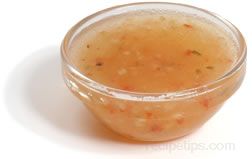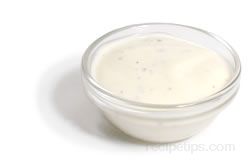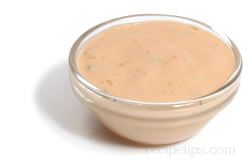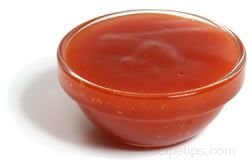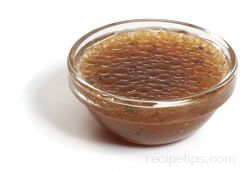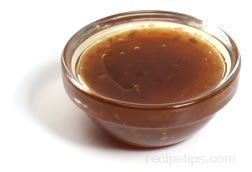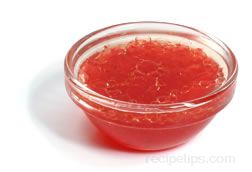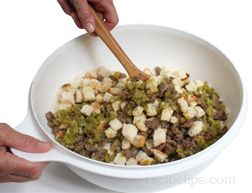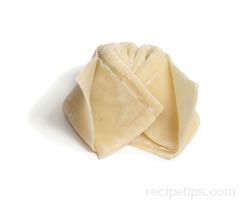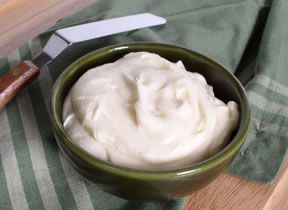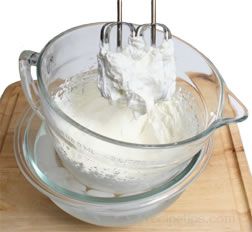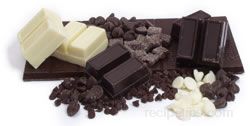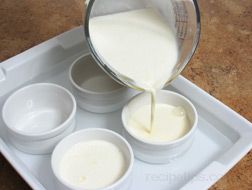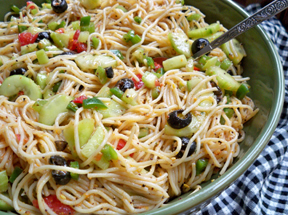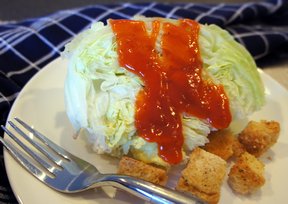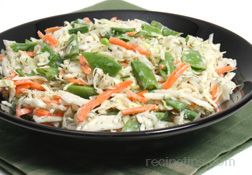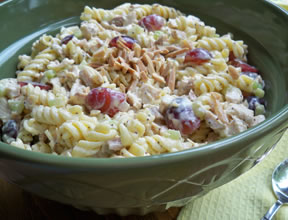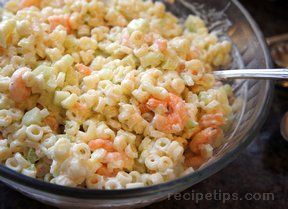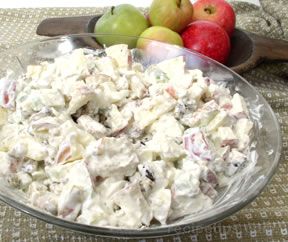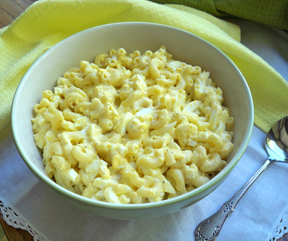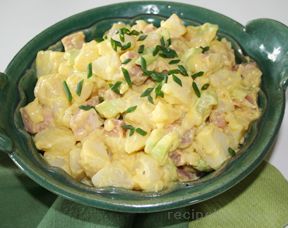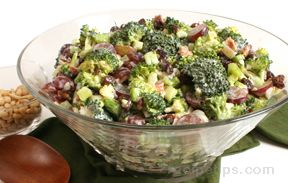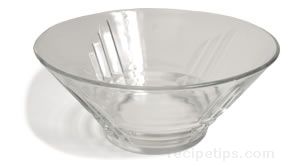|
| ||||||||||||||
Creamy DressingsThe creamy dressings use mayonnaise, sour cream or yogurt as a base. | ||||||
| ||||||
|
Mayonnaise is an egg and oil emulsion considered to be a cold sauce or dressing for salads. It most often serves as a base from which to develop a full flavored dressing. Typical ingredients that are added include a variety of oils that must be selected carefully so the flavor of the oil does not overpower the mayonnaise but instead complements. Olive oils and nut oils work well as ingredients to be added to mayonnaise, as do various acids, such as lemon juice, wine vinegar or cider vinegar. Herbs or garlic can also be added to provide pleasant flavors. Adding additional amounts of oil thickens the mayonnaise, while the addition of acidic ingredients or adding water will serve to lighten the texture. Water also adds more moisture for a more effective emulsification. | ||||||
Vinaigrette DressingsVinaigrette dressings use oils and vinegars, fruit juice and condiments, or spices for a base. | ||||||
| ||||||
|
A vinaigrette, which is a temporary emulsion that separates back to oil and vinegar soon after being made, is generally considered to be a dressing for salad greens. As a general rule, the ratio for making a vinaigrette is 3 to 1: 3 parts oil to one part vinegar or acid. Vinaigrettes can be enhanced with the use of different oils, but a balance is needed between the oils so that a strong flavored oil does not overpower a less intense oil. Selecting oils depends on the objective of the ingredient, determining whether the flavor of the oil is being required to carry the other flavors present or to be more noticeable in overall taste. As an example, hazelnut or walnut oil will provide a richness and depth to a vinaigrette. These oils combined with nutty ingredients will complement each other's flavors. If used without the complementing ingredients, the hazelnut or walnut oil will become more predominant in flavor. Similarly, the type of vinegar being added should be carefully considered. The various types can range from fruit juice to wine vinegar or malted barley, each with their own distinct flavor. Also, other ingredients, such as mustard, egg yolks, garlic, fruit and vegetable purées, and various seasonings, such as herbs and spices, are often added to enhance the resulting flavors. If heavier or creamier vinaigrette dressings are to be used, they need to be mixed thoroughly into the salad greens in order to effectively flavor the salad, so either add greens slowly to a bowl containing the dressing or add the dressing slowly to the greens to evenly distribute the heavy dressings. | ||||||
How to Dress a Salad
The typical procedure for dressing a salad may vary for each person; however, the general guidelines shown below may be helpful if you are unsure.
- If a salad consists mainly of vegetables and thicker, more dense ingredients, it should be dressed an hour or longer prior to serving in order to allow the salad ingredients to marinate and absorb the flavors in the dressing.
- Lighter ingredients, such as salad greens most often are dressed either as a person is being served or immediately before serving each person to allow the greens and salad ingredients to remain crisp textured.
- Dressings such as vinaigrettes will have a tendency to remove water from salad greens resulting in a green that is less crispy in texture and limper in appearance. Therefore, refrain from adding the dressing until just before serving.
- Salt can also be used to enhance the flavor of the salad, such as occurs with the use of sea salt. Use the salt sparingly, adding only enough to bring out the predominant flavors of the salad.

